Unlocking Capital Through Sale Leaseback Real Estate Opportunities
In the modern business landscape, liquidity and operational flexibility are more important than ever. One innovative strategy that companies are increasingly turning to is sale leaseback real estate. This financial tool allows property owners to sell their assets while retaining long-term control through a lease agreement. The result? A powerful balance of cash flow, ownership-like use, and strategic capital deployment.
Understanding the Concept of Sale Leaseback Real Estate
A sale leaseback real estate transaction is an agreement where a company sells its property to an investor and simultaneously leases it back. Essentially, the seller becomes the tenant, and the buyer becomes the landlord. This arrangement allows the seller to continue using the property while freeing up capital that would otherwise remain tied up in ownership.
Example:
A manufacturing company sells its factory to an investor but continues operating there under a long-term lease. The company gains immediate cash for growth, while the investor receives stable rental income.
Why Businesses Opt for Sale Leaseback Real Estate
1. Unlocking Capital for Growth
By converting illiquid real estate into cash, companies can reinvest in expansion, technology, or debt reduction. Instead of waiting for years of gradual equity buildup, sale leaseback real estate provides instant liquidity.
2. Strengthening Balance Sheets
Such transactions improve a company’s return on assets (ROA) and reduce leverage. It transforms fixed assets into working capital, improving financial ratios and attracting new investors.
3. Retaining Operational Control
Unlike traditional property sales, businesses maintain occupancy through a lease. This means no relocation disruptions or operational downtime.
The Investor’s Advantage
Investors find sale leaseback real estate attractive due to its predictable returns and long-term, creditworthy tenants. Lease agreements are often structured as “triple net,” meaning the tenant handles property taxes, maintenance, and insurance — reducing investor risk and management burden.
Benefits for Investors:
-
Consistent rental income
-
Stable, long-term tenants
-
Appreciation potential
-
Diversification within real estate portfolios
Common Industries Using Sale Leaseback Real Estate
-
Manufacturing and industrial companies
-
Healthcare facilities and clinics
-
Retail and logistics businesses
-
Corporate headquarters and office spaces
These sectors benefit most from freeing capital while preserving operational stability.
Conclusion
Sale leaseback real estate represents a win-win structure for both businesses and investors. Companies enjoy liquidity and flexibility, while investors secure reliable, income-generating properties. In an era where financial agility defines success, the sale leaseback real estate model stands out as a strategic pathway to sustainable growth.
- Vibnix Blog
- Politics
- News
- Liberia News
- Entertainment
- Technology
- Educaţie
- Art
- Causes
- Crafts
- Dance
- Drinks
- Film
- Fitness
- Food
- Jocuri
- Gardening
- Health
- Home
- Literature
- Music
- Networking
- Alte
- Party
- Religion
- Shopping
- Sports
- Theater
- Wellness



